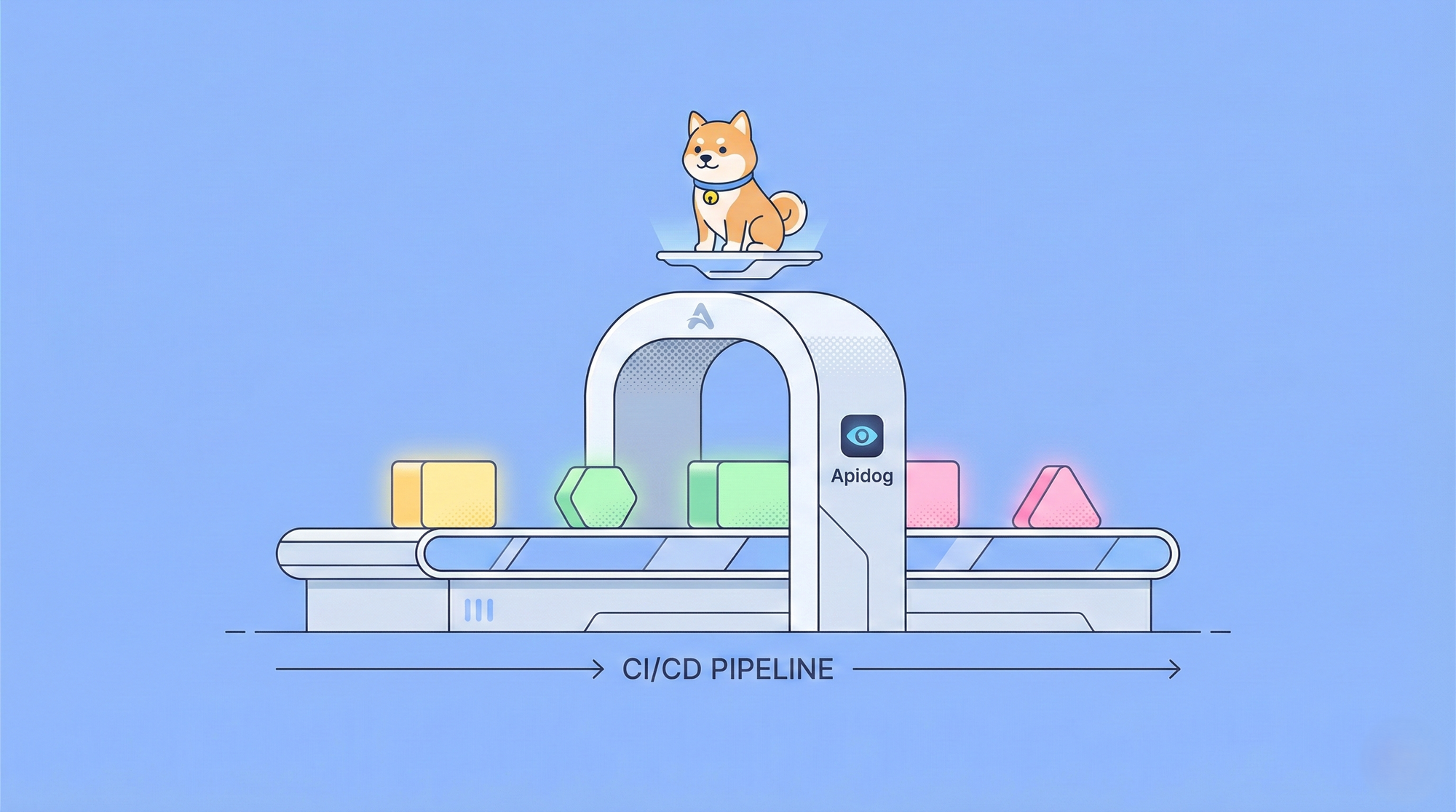In today's digital landscape, many websites are built using content management systems (CMS) like WordPress, Joomla, or Drupal. Identifying the CMS behind a website can be valuable for various reasons, such as security research, market analysis, or lead generation. Whatcms.org is a powerful tool that helps users determine the CMS of a given website, and its API allows developers to integrate this functionality into their own applications. In this blog post, we'll explore the features, pricing, and deployment of the Whatcms.org API.
Introduction to Whatcms.org
In the rapidly evolving digital landscape, understanding the technology behind a website is crucial. Whatcms.org provides an essential service by identifying the Content Management System (CMS) used by websites. This tool is invaluable for developers, marketers, and businesses seeking competitive insights.
Whatcms.org API Overview
The WhatCMS.org API is used to detect the CMS and other technologies powering a website. It identifies various components such as the programming language, database, and web server used by the website. The API provides detailed detection capabilities, allowing users to programmatically access information about the underlying technologies of websites. This is particularly useful for developers, marketers, and analysts who need to understand the tech stack of sites for competitive analysis, market research, or technology audits.
Key Features of Whatcms.org API
- CMS Detection: The primary feature of the Whatcms.org API is its ability to detect the CMS of a website. By sending a request to the API with a website URL, it returns the detected CMS along with additional information like the version and confidence level.
- Batch Processing: The API supports batch processing, allowing users to submit multiple URLs in a single request. This feature is particularly useful for analyzing a large number of websites efficiently.
- JSON Response: The API responds with data in JSON format, making it easy to parse and integrate into various applications and programming languages.
- Extensive CMS Support: Whatcms.org maintains a comprehensive database of CMS fingerprints, enabling it to detect a wide range of content management systems accurately.
Whatcms.org API Pricing
Whatcms.org provides a flexible pricing structure that caters to various usage requirements, from small-scale projects to enterprise-level needs. The pricing scales based on the number of detections, API request rates, batch processing capabilities, and the inclusion of private detections. Here is the pricing for Whatcms.org:

Deploying Whatcms.org API
Integrating the Whatcms.org API into your application is straightforward:
1. Sign up for an API key: To access the API, you need to sign up for an account on Whatcms.org and obtain an API key.

2. Make API requests: Once you have the API key, you can make HTTP GET requests to the API endpoint, providing the website URL and your API key as parameters.
3. Handle the response: The API will respond with a JSON object containing the detected CMS information. Parse the response and utilize the data according to your application's requirements.
4. Implement error handling: Handle any errors returned by the API gracefully, such as invalid API keys or exceeded request limits.
5. Adhere to API guidelines: Ensure that your application complies with the terms of service and usage guidelines provided by Whatcms.org to avoid any disruptions or account suspensions.
How to Test Whatcms.org API Using Apidog
Apidog is a powerful tool for testing APIs. Follow these steps to test the Whatcms.org API using Apidog:
Step 1: Setting up Apidog
- Create an account: Sign up on Apidog.

- Create a new endpoint: On Apidog dashboard, click "+New Endpoint" and navigate to the endpoint dashboard.

Step 2: Sending API Requests
- Enter endpoint URL: Copy and paste the endpoint path or the cURL to the search bar on the endpoint dashboard. The related parameter will be generated automatically on the visualized endpoint designer below.

- Specify API key: Include your API key in the
keyparameter for authentication.

- Send API Request: Click on the send button to initiate the request.
Step 3: Analyzing API Responses
- View Response: Examine the API response on Apidog’s response panel.

- (Option) Fix the error: When the API response has errors, you can get detailed information on Apidog's dashboard, which can help you fix the error immediately.

- Test Multiple Requests: Send multiple requests to test consistency and reliability.
Step 4: Generate Out-of-box Code for Direct Usage
- Save the endpoint: Click "Save" to save the endpoint.

- Generate code: Switch to
DESIGNmode of the Whatcms.org API. On the dashboard, click onGenerate Codelocated on the top right.

- Choose the right technical framework: On the pop-out window, choose the right technical framework that fits your project and copy the code for direct deployment.

That's it! Now you can deploy the Whatcms.org API to your project effortlessly in a code-less way.
Benefits of Using Whatcms.org API
For Developers
Developers can integrate Whatcms.org API into their projects to automate CMS detection, saving time and enhancing productivity.
For Marketers
Marketers gain insights into competitors' website technologies, enabling them to tailor their strategies accordingly.
For Businesses
Businesses can use the data from Whatcms.org API to make informed decisions about partnerships, acquisitions, and market positioning.
Conclusion
The Whatcms.org API is an invaluable tool for anyone needing to identify CMS technologies. Its extensive features, flexible pricing, and easy deployment make it a top choice for developers, marketers, and businesses. Testing the API using Apidog ensures seamless integration and reliable performance. Leverage the power of Whatcms.org API and Apidog to stay ahead in the competitive digital landscape.
Unlock the potential of Whatcms.org API today and transform the way you understand and utilize CMS data!




